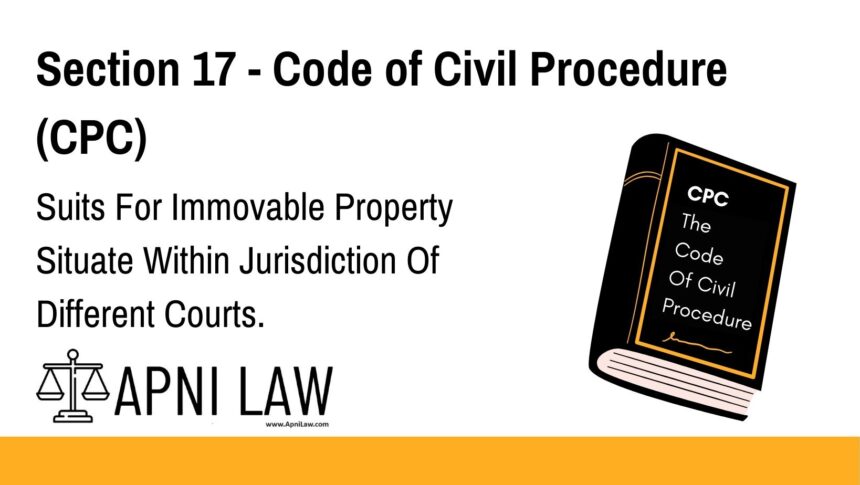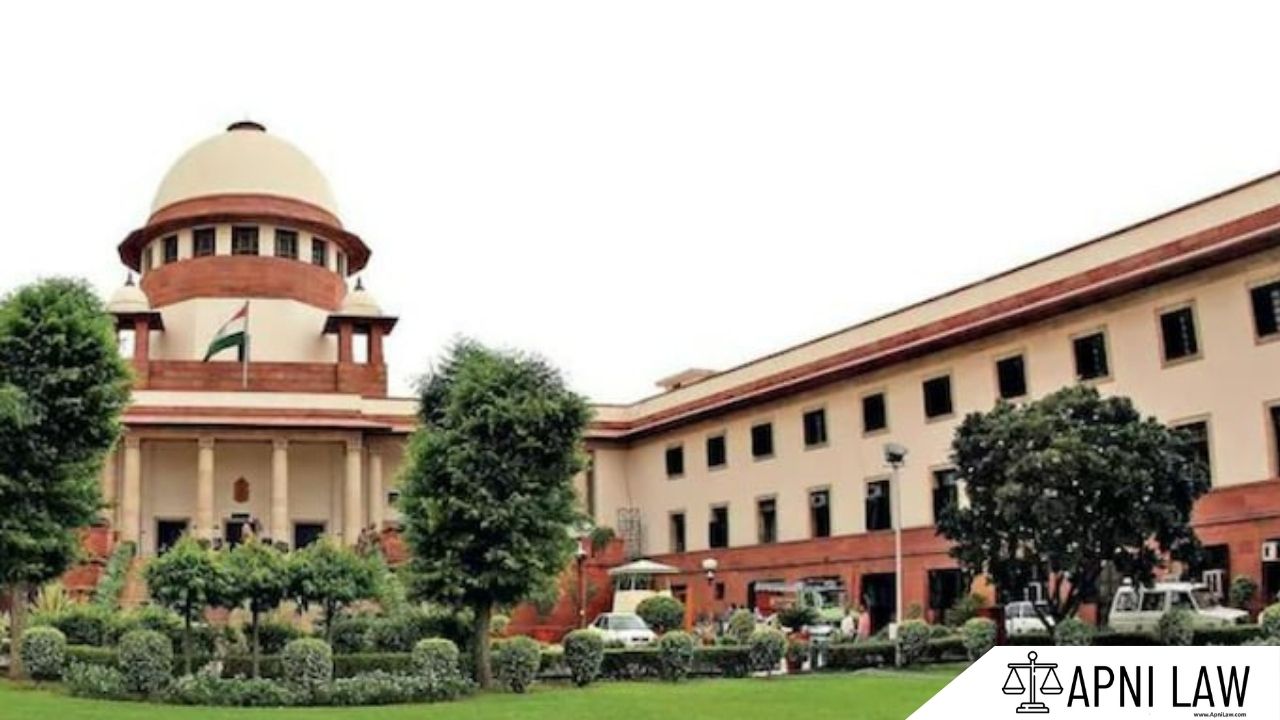Code
Where a suit is to obtain relief respecting, or compensation for wrong to, immovable property situate within the jurisdiction of different Courts, the suit may be instituted in any Court within the local limits of whose jurisdiction any portion of the property is situate:
Provided that, in respect of the value of the subject-matter of the suit, the entire claim is cognizable by such Court.
Explanation
Section 17 of the Code of Civil Procedure deals with the institution of suits relating to immovable property that is spread across more than one court’s territorial jurisdiction. The purpose of this section is to simplify litigation involving properties that fall under the jurisdiction of multiple courts.
It allows a plaintiff to institute a suit in any one of those courts where any part of the immovable property is located. However, this is subject to the important condition that the court chosen must be competent to try the whole suit in terms of the pecuniary jurisdiction (i.e., the total value of the suit must be within the court’s capacity to handle).
This provision avoids the multiplicity of suits and confusion over jurisdiction, ensuring efficient adjudication.
Illustration
Let’s say:
- Mr. Sharma owns two adjacent plots of land: one in District A and another in District B.
- Someone trespasses on both plots, and he wishes to file a suit for possession and damages.
According to Section 17, Mr. Sharma may file the suit in either the court of District A or District B, assuming the total value of the claim is within the jurisdictional limit of that court.
For instance, if the total value of the suit is ₹8 lakhs and District A Court has jurisdiction up to ₹10 lakhs, Mr. Sharma can file the suit in District A even if part of the land is in District B.
Common Questions Asked in Exams
Q1: What is the purpose of Section 17 CPC?
Answer: To provide flexibility in instituting suits involving immovable properties located in different jurisdictions by allowing the plaintiff to file the suit in any one of the courts where a part of the property is located.
Q2: What is the condition imposed by the proviso to Section 17?
Answer: The chosen court must have pecuniary jurisdiction to try the entire suit.
Q3: Can a suit for properties in different states be filed in a single court?
Answer: Yes, as long as the properties fall under the jurisdiction of Indian courts and one of the courts has territorial and pecuniary jurisdiction over part of the property.
Q4: Is this section mandatory or enabling?
Answer: Section 17 is enabling—it provides an option to the plaintiff and simplifies the process of instituting suits involving multiple jurisdictions.
Q5: How is Section 17 different from Section 16 CPC?
Answer: Section 16 mandates suits to be filed where the immovable property is situated, while Section 17 provides an exception when property spans multiple jurisdictions, allowing suit in any one of them.








